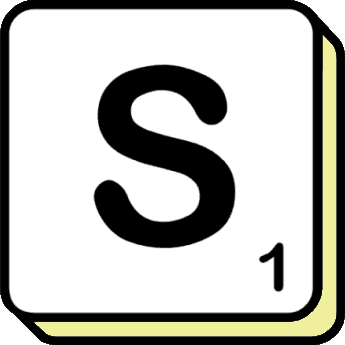The Diversity of Human Expression: A Journey Through Non-Alphabetic Scripts
Author: Brian Bowman
Date Published: 17 October 2023
Writing is a powerful tool that transcends borders and time, allowing us to communicate and record our thoughts and experiences. While alphabetic scripts like the Roman alphabet are commonly used in many parts of the world, they represent only a fraction of the rich tapestry of human writing systems. In this exploration, we delve into the fascinating world of non-alphabetic scripts, which showcase the diversity of human expression and communication.

Defining Non-Alphabetic Scripts
Non-alphabetic scripts, also known as logographic or syllabic scripts, differ fundamentally from alphabetic systems like the Roman or Greek alphabets. In alphabetic scripts, individual characters represent phonemes or sounds. In contrast, non-alphabetic scripts use symbols to represent entire words, morphemes, or syllables, making them inherently more complex and visually diverse.
Chinese Characters: The Art of Calligraphy
Let's begin our journey with one of the most iconic non-alphabetic scripts: Chinese characters. Originating over 3,000 years ago, Chinese characters are logographic symbols used in the Chinese writing system. Each character represents a word or a morpheme, conveying both meaning and pronunciation. Chinese calligraphy is celebrated for its aesthetic beauty, with artists mastering the art of brushwork and stroke order. These characters are not just a means of communication but also a cultural and artistic treasure.
Japanese Kanji: A Fusion of Cultures
Japan's writing system is a captivating blend of alphabetic and non-alphabetic elements. Kanji, borrowed from Chinese, are logographic characters used alongside two syllabic scripts: Hiragana and Katakana. Kanji characters often have multiple readings, adding a layer of complexity to Japanese writing. Learning and mastering kanji is a significant undertaking for anyone studying the Japanese language.
Korean Hangul: A Linguistic Triumph
In contrast to the complexity of Chinese characters, the Korean writing system, Hangul, is a remarkable example of linguistic engineering. Created in the 15th century by King Sejong the Great and his scholars, Hangul is an entirely phonetic script. Each character represents a single sound, making it one of the most logical and efficient writing systems in the world. Its simplicity and elegance have contributed to high literacy rates in South Korea.
Egyptian Hieroglyphs: Preserving Ancient Wisdom
Egyptian hieroglyphs, dating back to 3200 BCE, are among the earliest examples of non-alphabetic writing systems. These intricate symbols adorned temples, monuments, and tombs in ancient Egypt. Hieroglyphs conveyed not only linguistic meaning but also religious and cultural significance. The discovery of the Rosetta Stone in the 18th century unlocked the secrets of this ancient script, allowing us to decipher the stories of the pharaohs.
Mayan Glyphs: A Mesoamerican Marvel
The Maya civilization, known for its advances in mathematics and astronomy, also had a sophisticated writing system. Mayan glyphs, a combination of logograms and syllabic characters, were used to record historical events, religious rituals, and astronomical observations. Though the script was lost for centuries, dedicated researchers have made significant progress in deciphering this enigmatic writing system.
Cuneiform: Mesopotamian Legacy
Cuneiform, one of the earliest known writing systems, was used in ancient Mesopotamia around 3200 BCE. This script employed wedge-shaped marks on clay tablets to convey information in Sumerian, Akkadian, and other languages. Cuneiform played a crucial role in recording everything from trade transactions to epic poems like the "Epic of Gilgamesh."
The Indigenous Scripts of Africa: Diversity Unveiled
Africa boasts a rich mosaic of languages and scripts. Scripts like Ge'ez, used for Amharic and other Ethiopian languages, and Tifinagh, the script of the Tuareg people, are just a glimpse of the continent's linguistic diversity. These scripts have deep cultural and historical significance, preserving the stories and traditions of their respective communities.
Conclusion
Non-alphabetic scripts are a testament to the diversity of human communication and expression. They reflect the unique histories, cultures, and artistic traditions of different societies. Learning about these scripts not only broadens our understanding of language but also fosters appreciation for the visual and artistic aspects of writing. As we navigate an increasingly interconnected world, acknowledging and celebrating non-alphabetic scripts reminds us of the depth and breadth of human expression. So, whether you're an aspiring linguist or simply a curious explorer of cultures, non-alphabetic scripts offer an endlessly fascinating journey into the realms of human creativity and communication.
